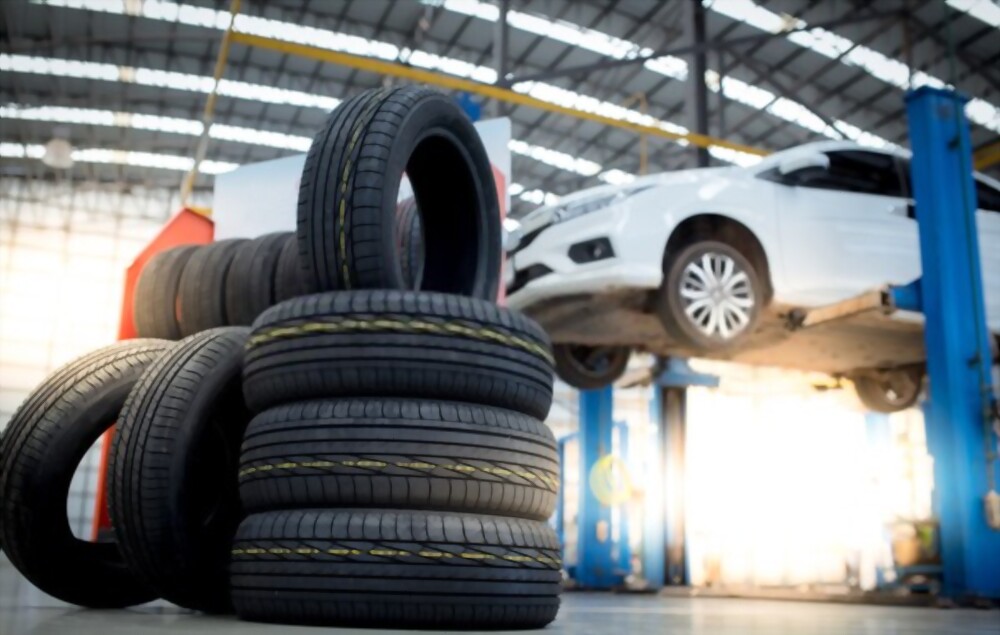The Impact of Tire Width on Fuel Efficiency
Part 1: Unveiling the Silent Fuel Thief
Imagine cruising down the highway with the wind whistling through your windows, the scenic views captivating your senses, and the thrill of the open road coursing through your veins. Suddenly, you realize your fuel gauge is dropping rapidly, dampening the excitement of your journey. You might be surprised to learn that one of the culprits silently stealing away your precious fuel lies right beneath you – your tires. Yes, the width of your tires plays a remarkable role in determining the efficiency of your vehicle. So, buckle up as we delve into the fascinating world of tire width and its profound impact on fuel efficiency.
Part 2: Narrow Tires: The Saving Grace
Contrary to popular belief, narrower tires can be the unsung heroes when it comes to fuel efficiency. Wider tires tend to create more friction against the road, requiring more energy to propel your vehicle forward. On the other hand, narrower tires glide more smoothly, reducing the amount of road resistance. As a result, your engine doesn’t have to work as hard to maintain velocity, thus leading to enhanced fuel efficiency. So, if you’re someone who values every drop of fuel and seeks an eco-friendly ride, narrower tires should definitely be on your radar.
Part 3: Finding the Balance: The Sweet Spot
While we’ve extolled the virtues of narrower tires, it’s essential to strike a balance between fuel efficiency and optimal performance. It’s prudent to consult your vehicle manufacturer’s recommendations for the suitable tire width for your specific make and model. Straying too far from the recommended tire width might result in compromised performance, handling, and safety. Therefore, it’s imperative to choose a tire width that maximizes fuel efficiency without compromising other crucial aspects of your driving experience.
Part 4: The Bottom Line: Investing in Efficiency
After immersing ourselves in the realm of tire width and its significant implications on fuel efficiency, the question arises – should you consider buying new tires? The answer largely depends on your priorities. If you’re an environmentally-conscious driver determined to reduce your carbon footprint and save on fuel costs, upgrading to narrower tires might just be the game-changer you need. However, it’s crucial to do thorough research, consult professionals, and consider your specific driving needs before making a decision. Remember, your tires are the only point of contact between your vehicle and the road, so invest wisely to enjoy a smooth, fuel-efficient, and eco-friendly ride.
In conclusion, never underestimate the impact of tire width on fuel efficiency. By choosing the right tire width, you can optimize your vehicle’s performance while minimizing fuel consumption. Narrower tires offer the chance to save on fuel costs and reduce emissions, making them an attractive option for environmentally-conscious drivers. So, take a moment to consider how your choice of tires can transform your driving experience, improve fuel efficiency, and contribute to a greener tomorrow.





